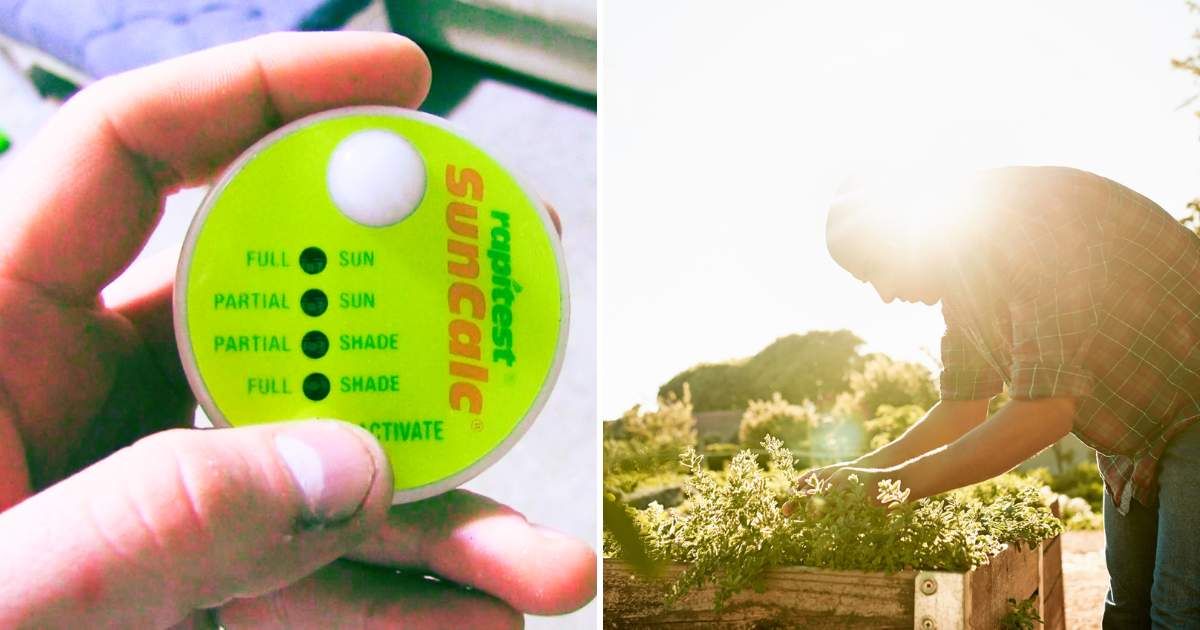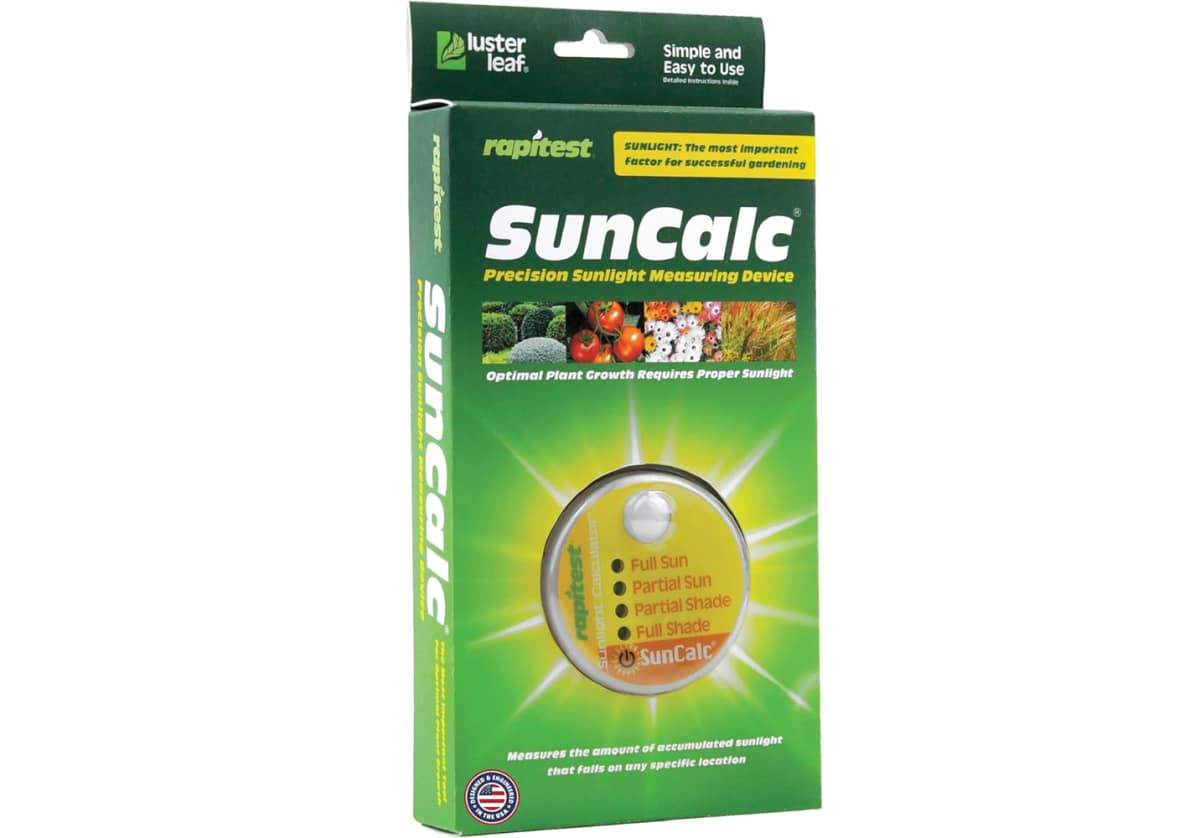Amazon Has a $20 Sunlight Calculator That Checks If Your Veggie Garden Is Getting Enough Sun

Just like the difference in ingredients in our foods has different effects on the body, the different patterns and intensities of light have different effects on the plant’s growth. A flowering bed of sunflowers, blanket flowers, and marigolds would need more intense light than the shade-loving snake plant or a veggie garden. To help gardeners calculate the exact mathematics of light their plants need in a given moment, the Luster Leaf Store has rolled out SunCalc that Amazon is selling for just $19.51.

When these rays of pure white-golden light come in contact with the plant’s surface, the proteins studded in the plant’s green body become triggered and activated. Like a domino, the excitation triggers one protein after the other until the light reaches the plant’s “reaction center,” as MIT scientists explained in a post. Inside the reaction center, the light acts as a prompt for chemical reactions that convert the light energy into sugar or carbohydrates that plants eat to grow. Due to a unique electrochemical gradient, each plant has different light needs. This is where SunCalc jumps in.
What does SunCalc do?

SunCalc measures the amount of accumulated sunlight that falls on a specific location to help you make the best decision on where to plant your seedlings or install your potted plants. By helping you analyze the light needs of your plants, it tells you where you should plant your peace lilies, where to install your money plant, and where to place that succulent garden bed.

The calculator uses a state-of-the-art electronic technology to assess shadows, sunlight conditions, and climate to evaluate the Photosynthetically Active Radiation (PAR) light that a specific spot in your garden receives. “We are having a record-breaking winter (it’s June; we have yet to break 75°), and it rains all day. But the few days that we did have some sunshine, this sucker was so helpful,” a gardener named Drea Kinard shared in a review.
Select the best location for your plants
SunCalc is designed to find a spot where your plants will be sown, where they want to be, and where they are happy. It does a shadow test to determine how much PAR your plants need versus how much light the location is currently receiving. Knowing these readings can be a boon for gardeners who find themselves swithering in the dilemma each time they need to allot space to a new plant guest in their garden bed. The batteries are long-lasting, which means the calculator will work for up to 12 hours a day.

“I've been gardening for over 40 years, and this might be my favorite tool ever. I use it every day that's sunny. Easy to use, easy to read, and now I have confidence that I'm planting things where there is enough sun,” Elizabeth said in a review. Another shopper, SunshineGirl, wrote, “This Sun Calc is great. I've tried it in multiple parts of my yard and it reads accurately.”
Steps to install SunCalc
The process is simple, according to the product description. Select a dry day when you are expecting a full day of sunlight. Start early in the day, sometime between 7 to 9 am. Place SunCalc in a random location to evaluate the amount of available sunlight. You can place it directly on the ground or inside a flower pot that is bathed in sunshine. As long as the location is unobstructed by dense foliage or tall grasses, it’s perfect to begin with. To make sure the unit calculates the sun’s rays in the same way as plant leaves receive the Sun, place it parallel to the ground.

In the next step, press the power switch embedded on the device’s shoulder. The four Full Sun LEDs equipped in the calculator will light up for approximately two seconds, indicating that the sunlight detection is in progress. They will indicate any of the four tags for a particular spot – “Full Sun, Partial Sun, Partial Shade, or Full Shade.” The device will automatically stop tracking sunlight data after 12 hours.
More on Green Matters
Even People Without a Backyard Can Grow Herbs and Veggies — You Just Have to Think ‘Vertically’
What Is Hydroponic Gardening? You Can Now Get a Rich Harvest of Veggies and Herbs Without Soil
Walmart’s Handy Gadget Saves Gardeners’ Time and Effort While Conserving Water — and It’s on Sale